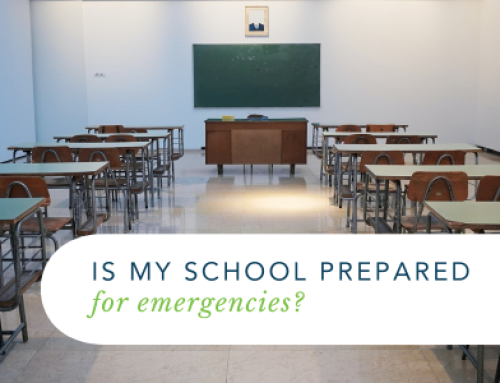An Emergency is any situation or event that poses an immediate or imminent risk to human life and/or property and it requires an immediate response. An evacuation is the process of moving people from one location and putting them in another safe place. An Emergency Evacuation is therefore the process of immediately moving those people who are identified to be at risk or potentially at risk away from the emergency threat and putting them in a location where they are safe and can be managed appropriately.
That might sound easy enough, but is it really?
There are many different types of emergencies. Emergencies can generally be placed into one of three categories. There are human based emergencies, which relate to the actions or behaviours of a person or persons and would include things like;
- Personal Threats/Assaults
- Medical episodes
- Shooting incidents
- Bomb threats
- Armed intruders
- Hostage situations
- Terrorism
- Missing Persons
There are Natural Disaster emergencies which include;
- Bushfire
- Flood
- Severe weather conditions
- Tsunami
- Earthquake
- Vulcanic eruption
- Tornado
- Landslide
- Heat wave
The other category of emergencies is the technological types of incidents which include;
- Electrical faults
- Gas leaks
- Chemical spills
- Structural instability
- Toxic emissions
- Power outages
When thinking about an emergency evacuation we have to consider the nature of the emergency, where it is, how big it is and who is being affected by it. There is no ‘one way fits all’ when it comes to an emergency evacuation. The process to evacuate a whole town or suburb in a bushfire or flood event it very different to how you would go about evacuating people off an aircraft or a cruise liner which is also very different to how you evacuate a multi-storey building compared to a single-storey building. You must also take into consideration what is actually happening within the location or facility in coming up with the best approach to the evacuation. A childcare centre or school is very different to an aged care facility or an office block or a shopping centre or even a warehouse and factory facility. In essence, you need to consider all these circumstances, and associated needs and challenges when coming up with the best evacuation process for your facility or situation.
There is a lot of risk assessment and preparation that needs to go into determining the type of evacuation process that best suit your needs for any given type of emergency.
The types of things you will need to consider include;
- The nature of the emergency and the type of threat that the emergency poses,
- The location of the emergency/threat,
- Who is affected by the threat,
- What are the levels of vulnerability of the people/occupants who are being affected,
- Who is taking control and coordinating the response and evacuation and are they trained to do so,
- Do you need to provide any specific support to assist people in the evacuation process,
- What is the safest egress routes and alternate routes,
- How is information about the evacuation to be effectively communicated,
- Do you have contact details for relevant emergency services and support agencies,
- Where are the identified safe assembly areas/locations,
- What resources and equipment do you have available to you or do you need to support the safe evacuation of the occupants,
- Does the facility have resources and locations that can help to keep occupants safe during the evacuation,
- Can you evacuate the facility in a staged approach,
- How do you ensure all people are accounted for and are safe.
Let’s consider a fire in a facility such as an Aged Care home.
The main priority for the evacuation in this circumstance is to identify the occupants who have vulnerabilities (mobility, health or cognitive concerns) and provide the appropriate support and assistance they need to effective move them away from the danger area. You also need to consider the location and size of the fire and if it can be combatted or not. How do you raise the alarm and alert all those occupants and services that need to be alerted? Does the building have installed equipment and resources that can help to keep occupants safe once moved away from the affected area, such as fire/smoke doors and fire suppression sprinkler systems? Do you have the equipment to use or procedures to follow to move the occupants such as wheelchairs, walkers, stair evacuation chairs, sheet drop or mattress drag techniques? What are you going to do if someone refuses to cooperate or refuses to leave? What is the safest egress path away from the threat? What is the most effective way of communicating between the Emergency Coordinator and other staff? By assessing all of these things and coming up with a plan to manage all these challenges you will be able to develop an evacuation process that works best for your needs.
In an emergency, life safety is the paramount priority. We must identify the threat to life and take immediate action to move those affected occupants away from the threat to keep them safe.
A proper risk assessment of your facility and the likely types of emergencies that may cause you to have to evacuate is essential. Coming up with the best evacuation process for your circumstances is critical.
At Workplace Emergency Management our Training Consultants can provide the advice and guidance to ensure your workplace achieves these objectives.
Contact us to arrange for a consultant to visit your site soon.
GET IN TOUCH
Are you ready for peace of mind that your workforce is as safe and prepared as possible?
With a dedicated team of staff ready to help you meet compliance requirements and improve the overall safety of your workplace, all you need to do is get in touch.
Request your free audit today!



